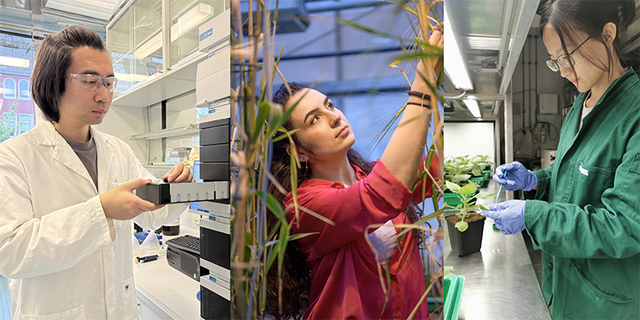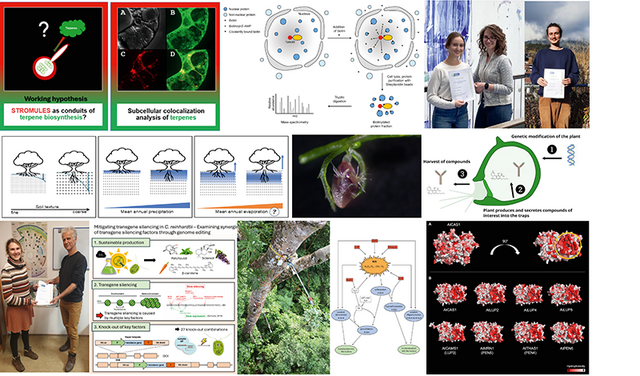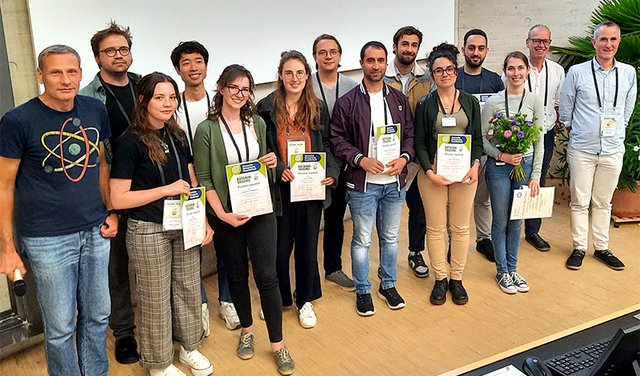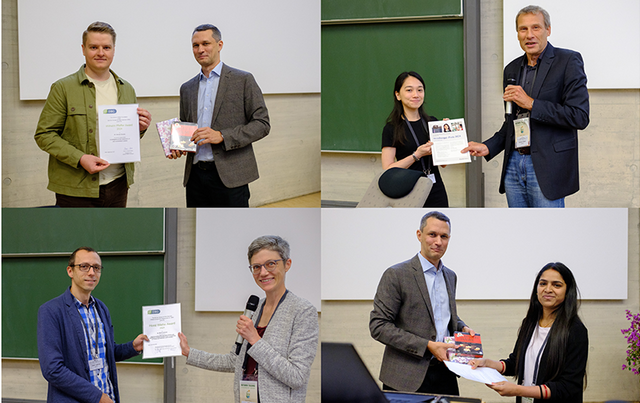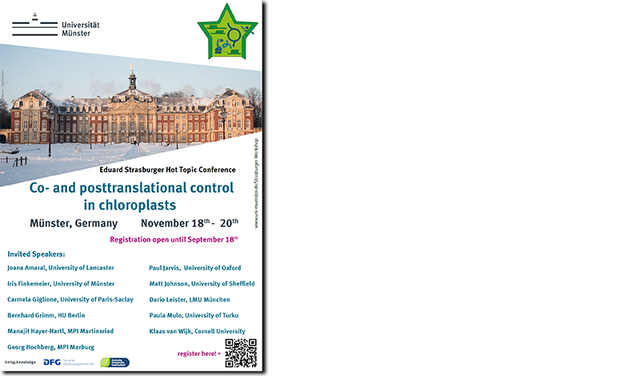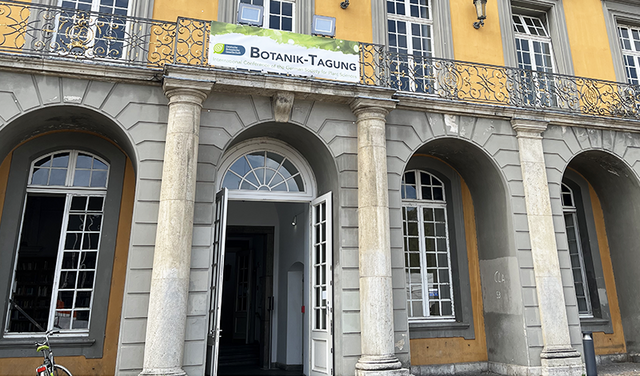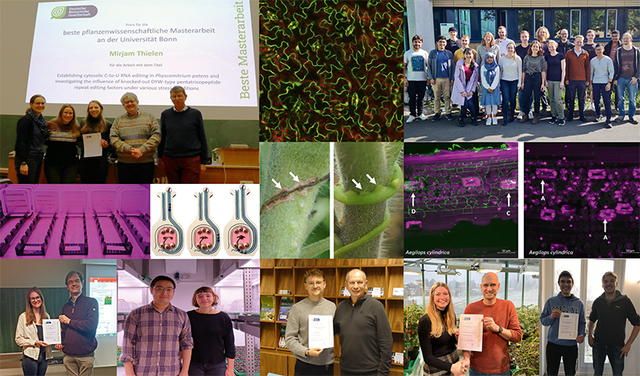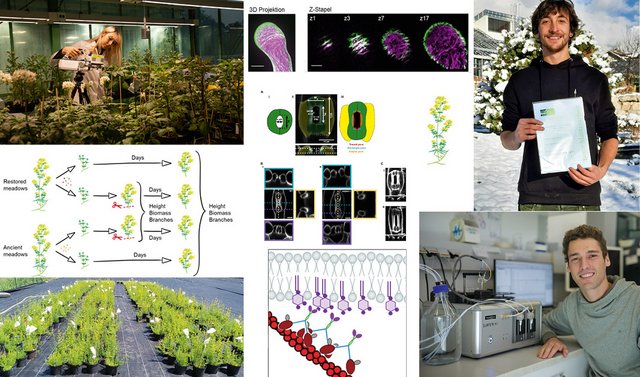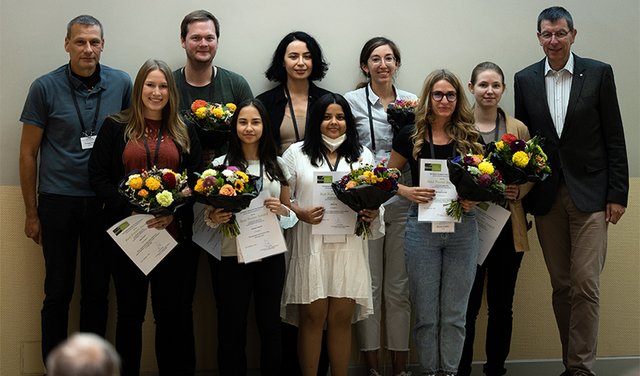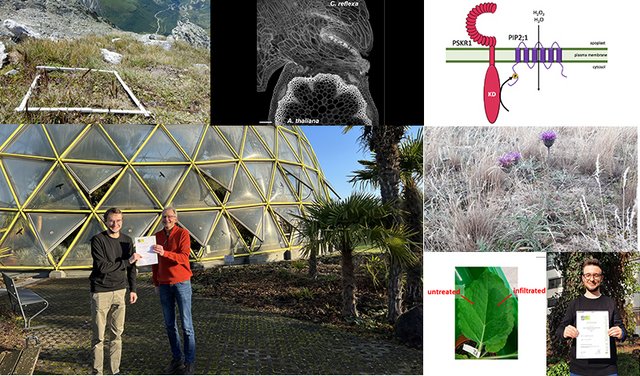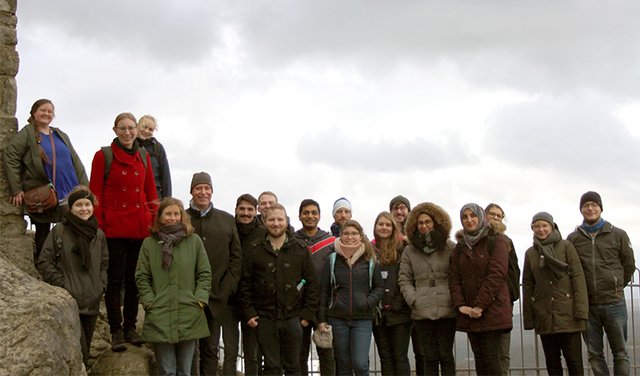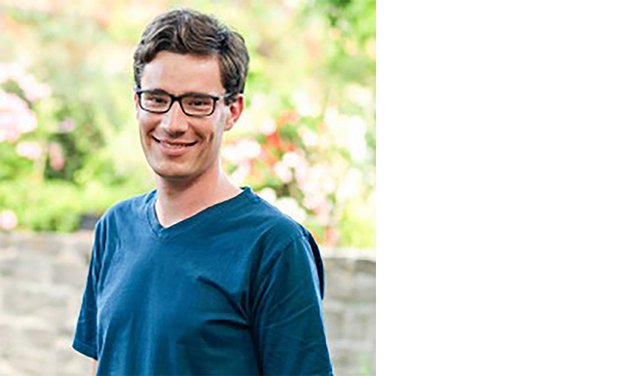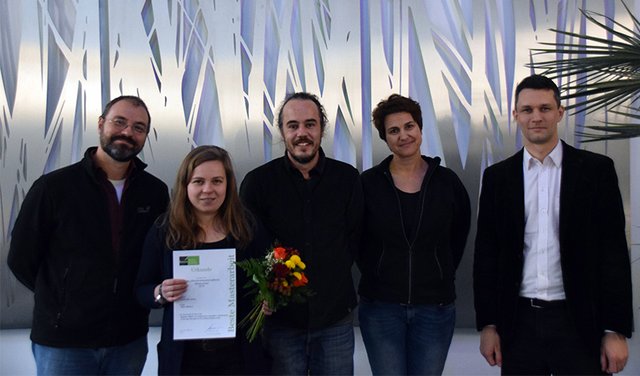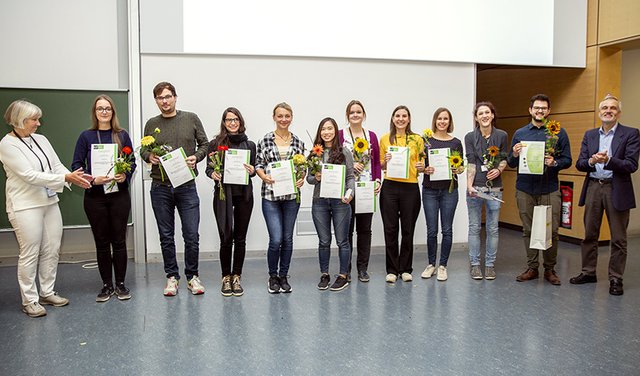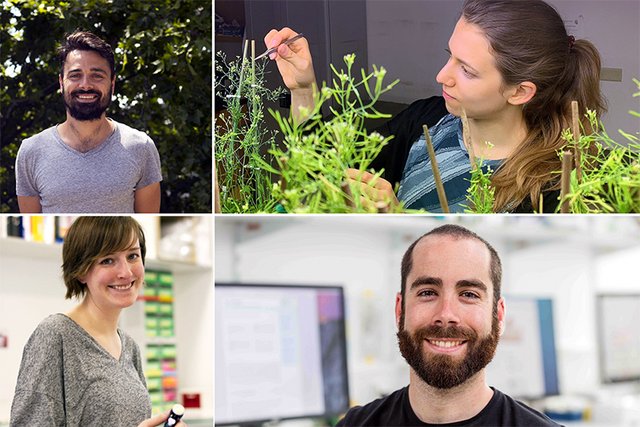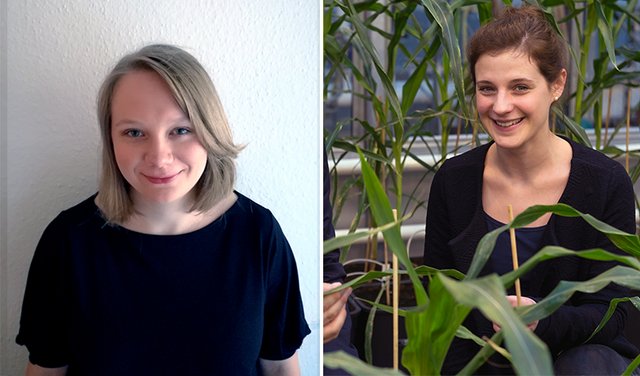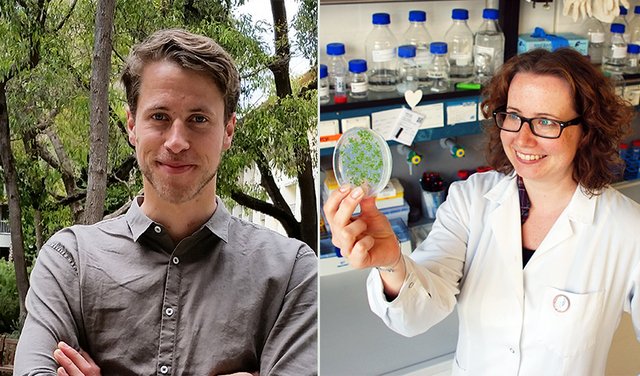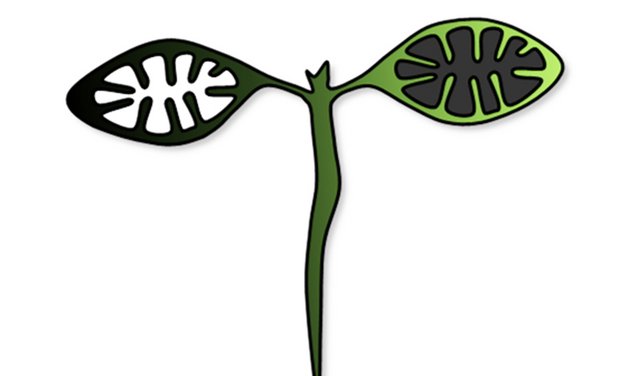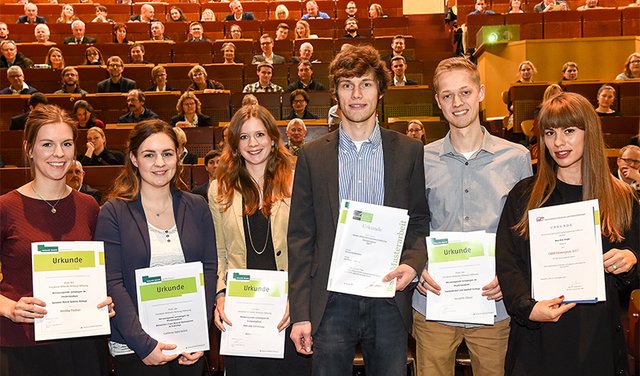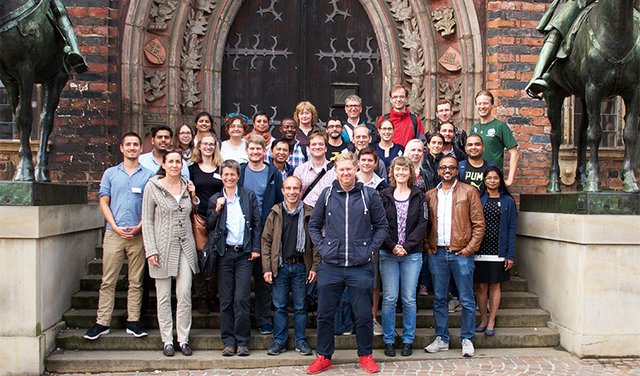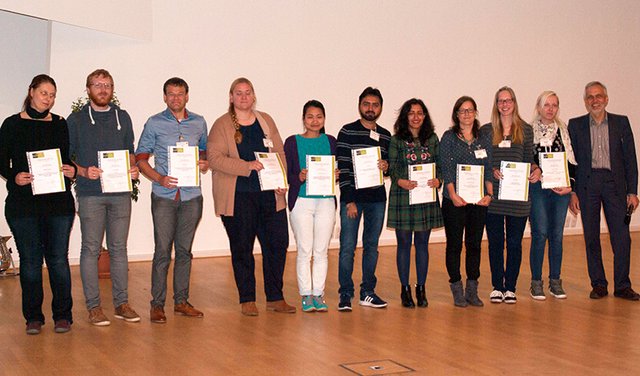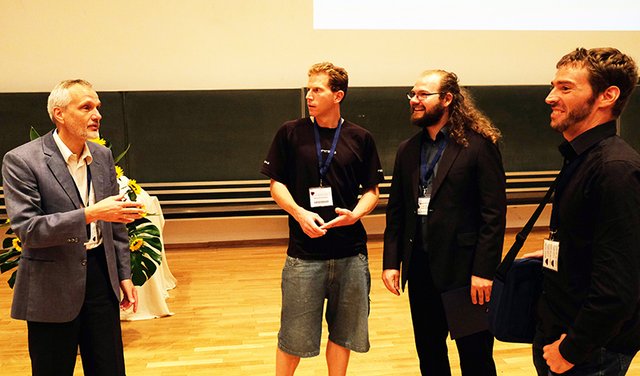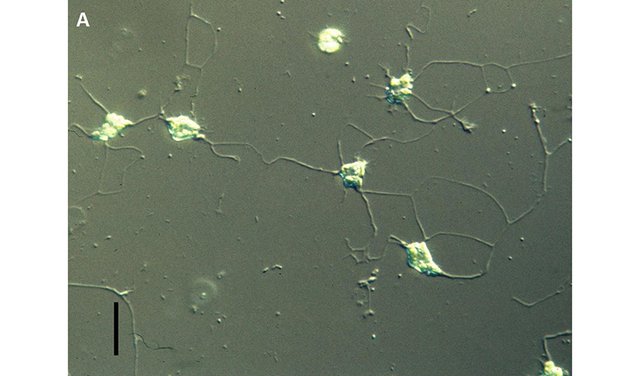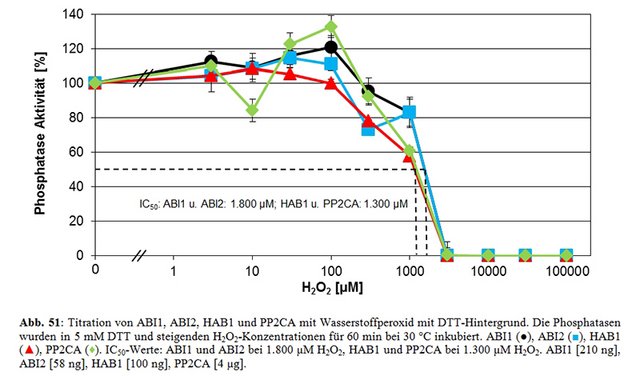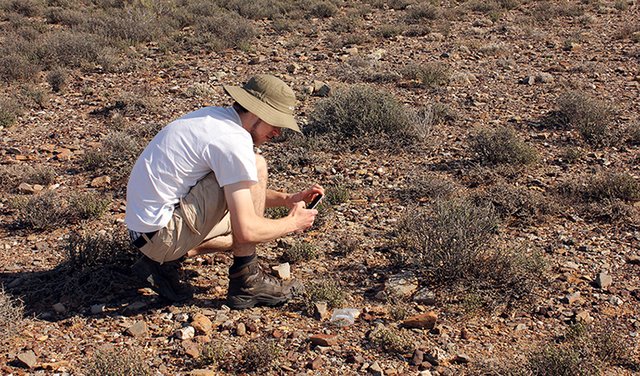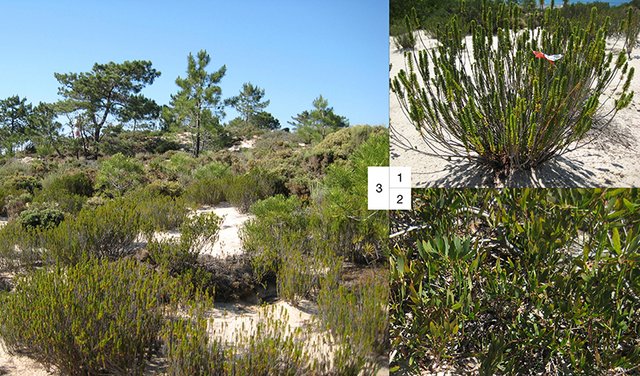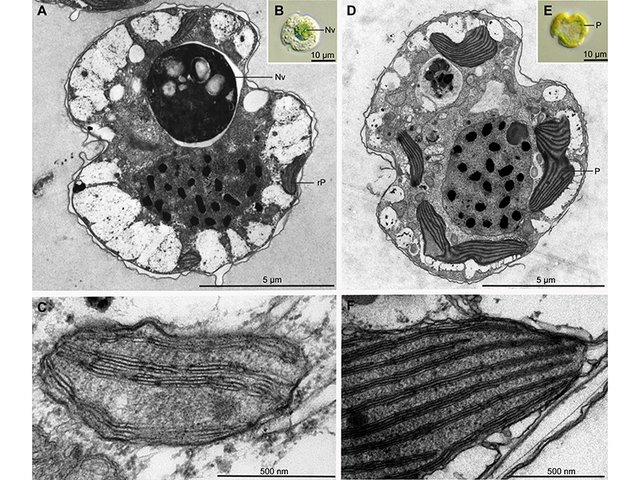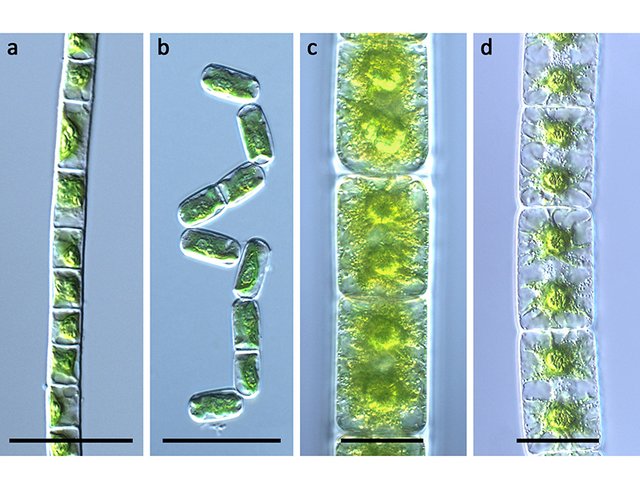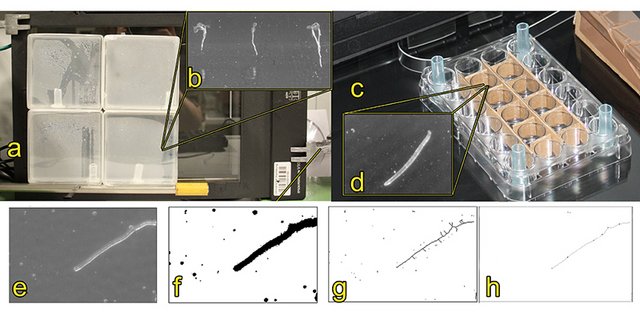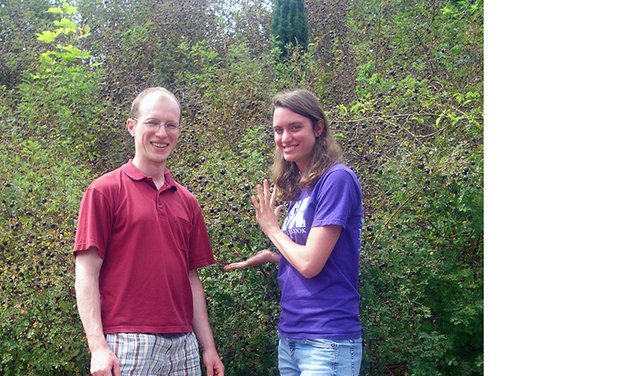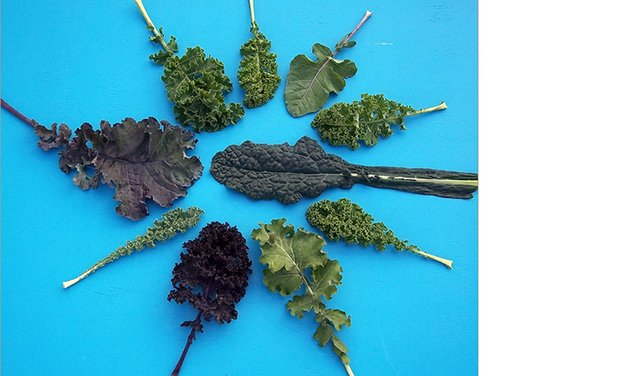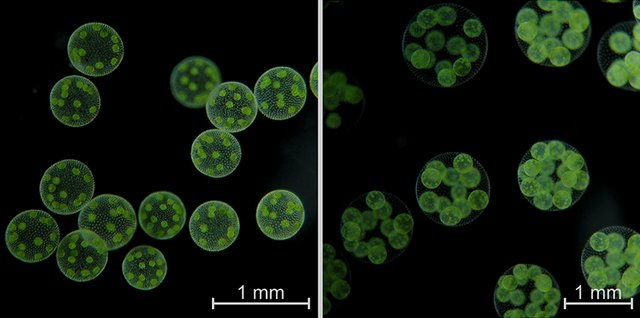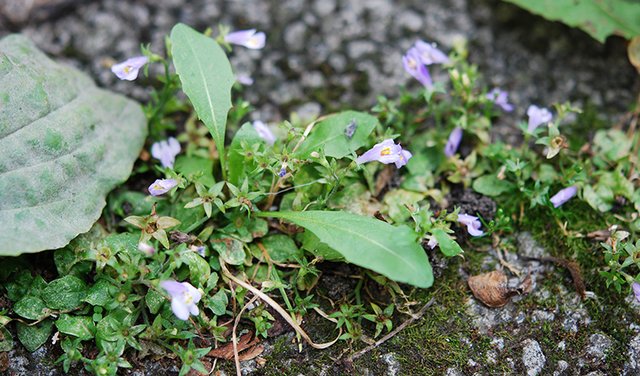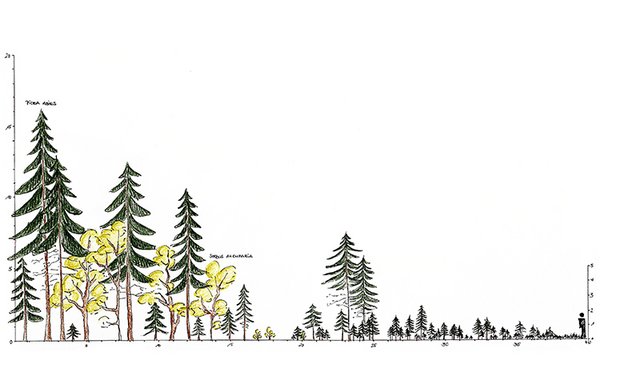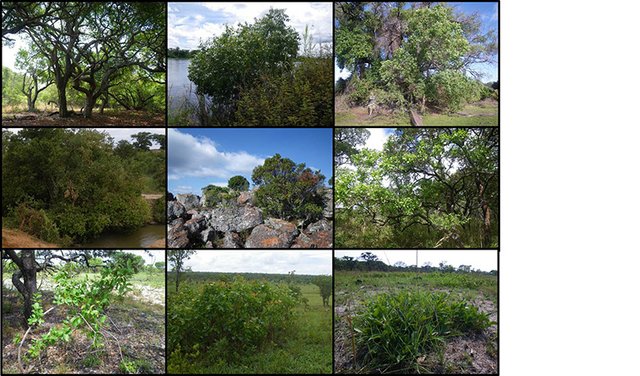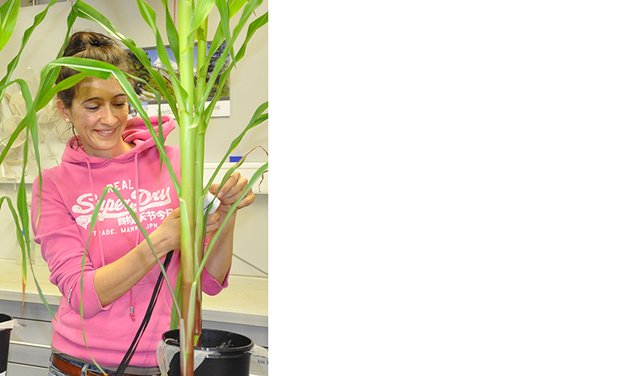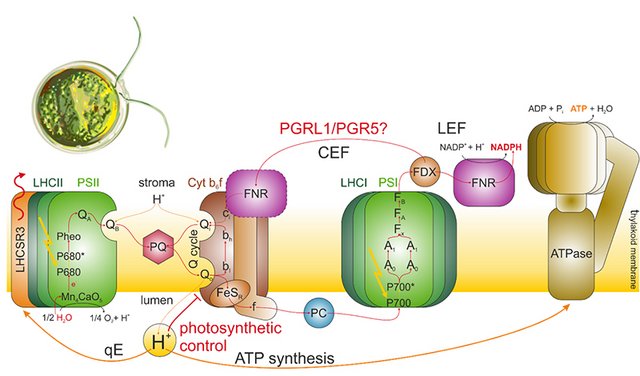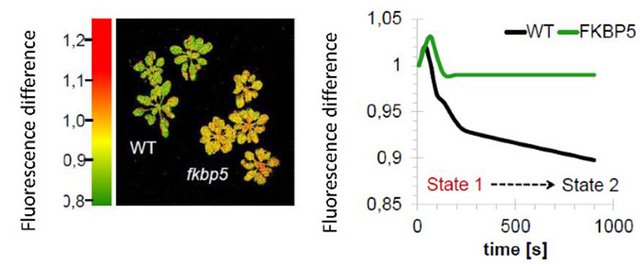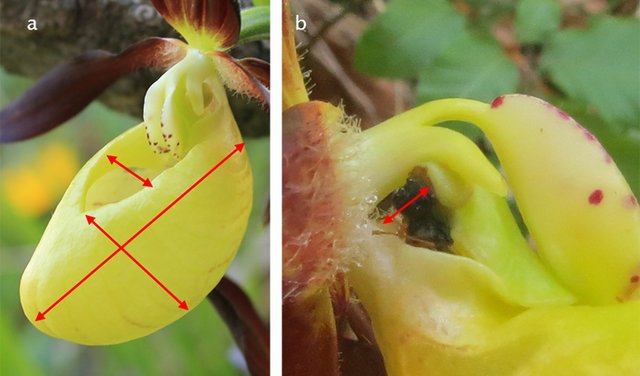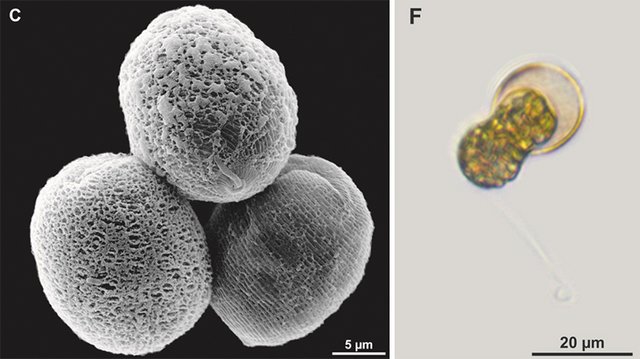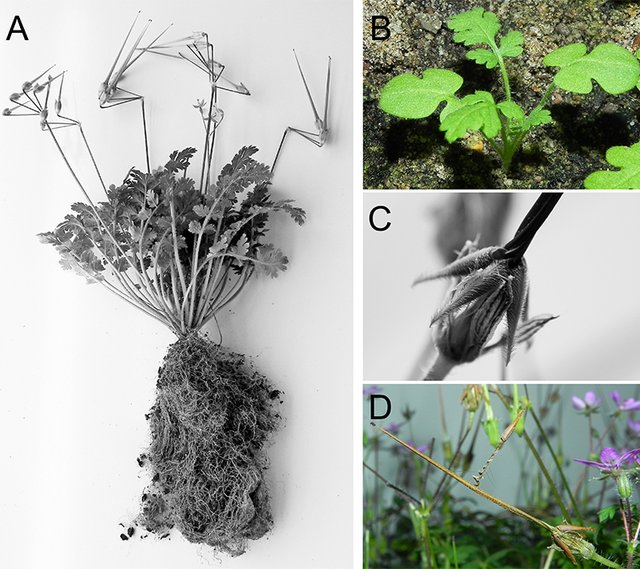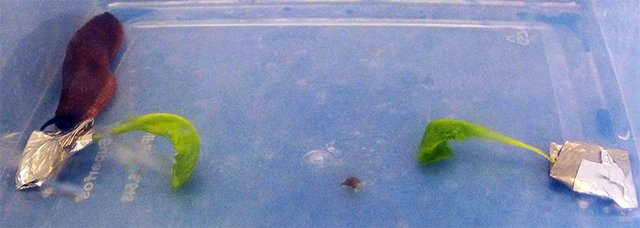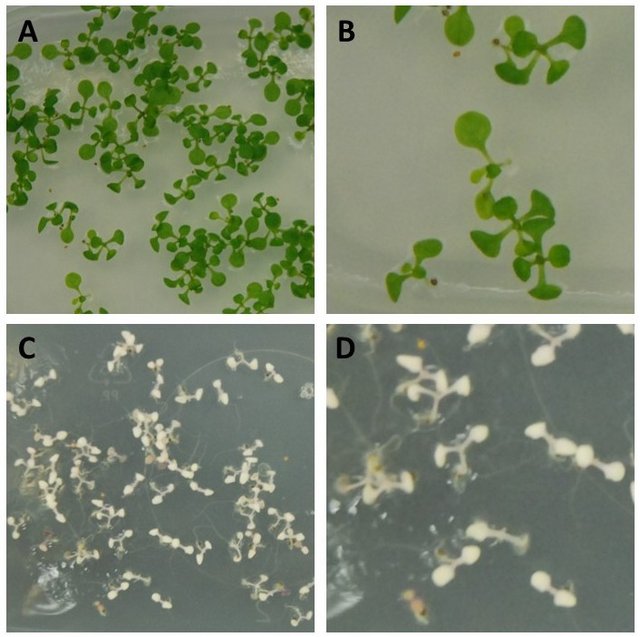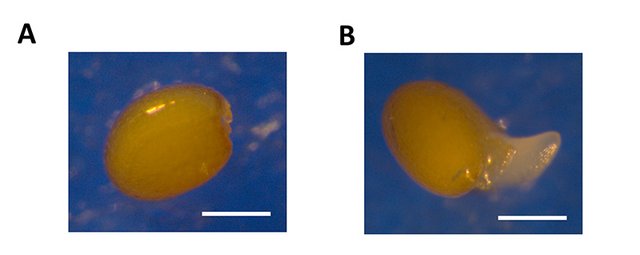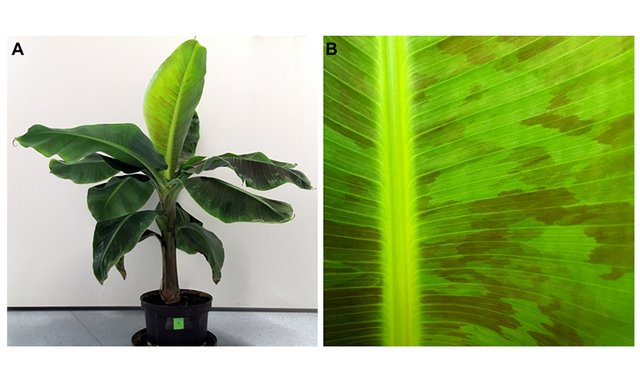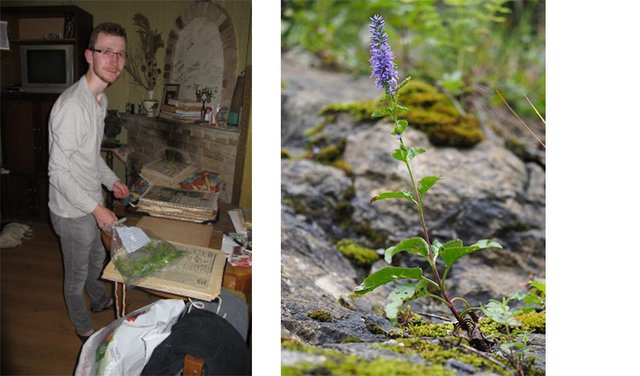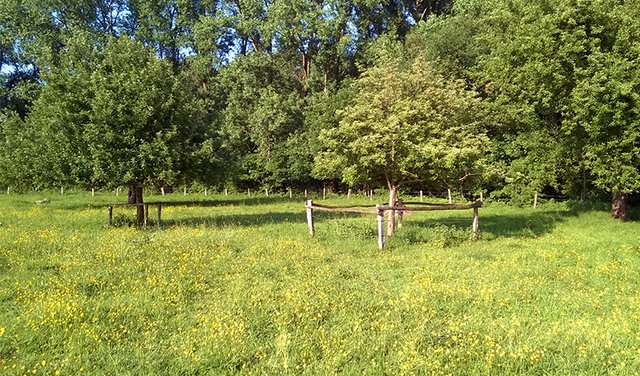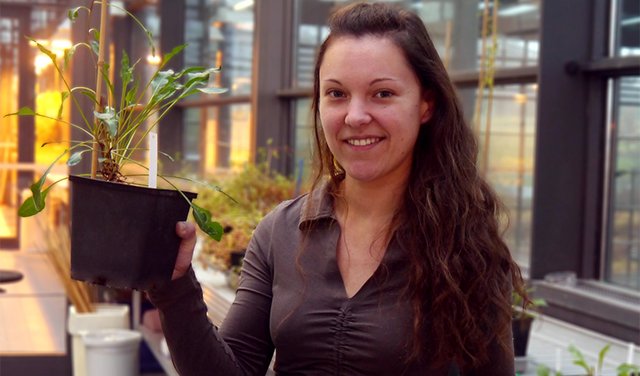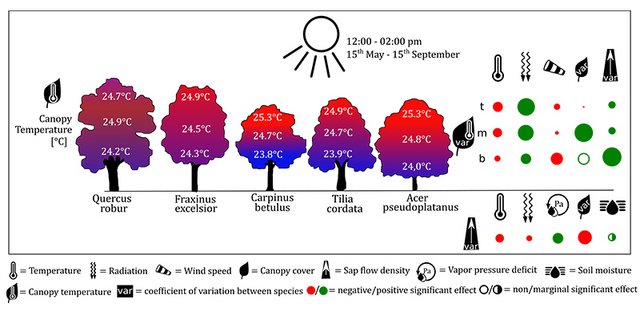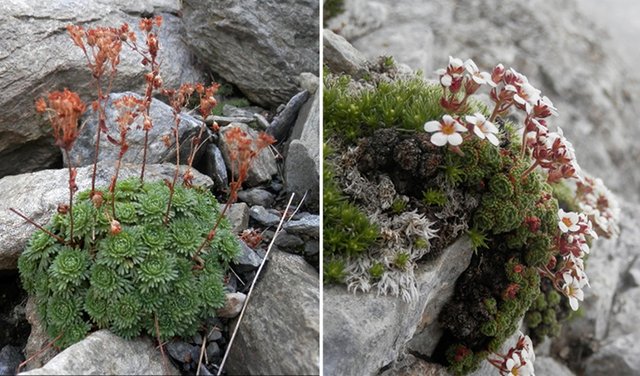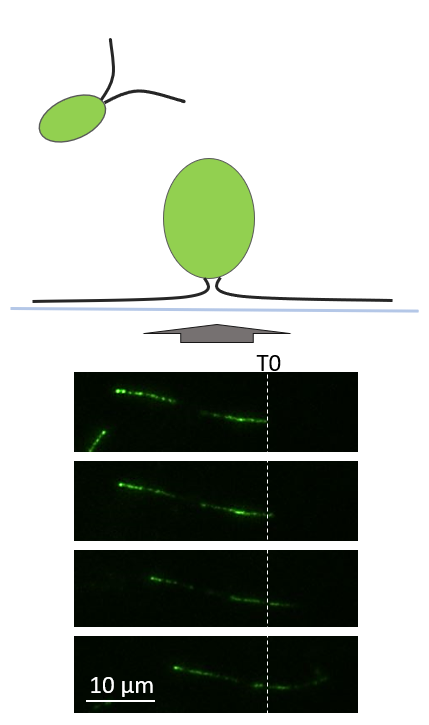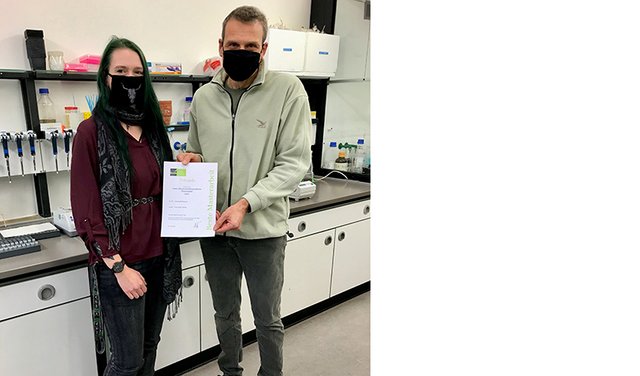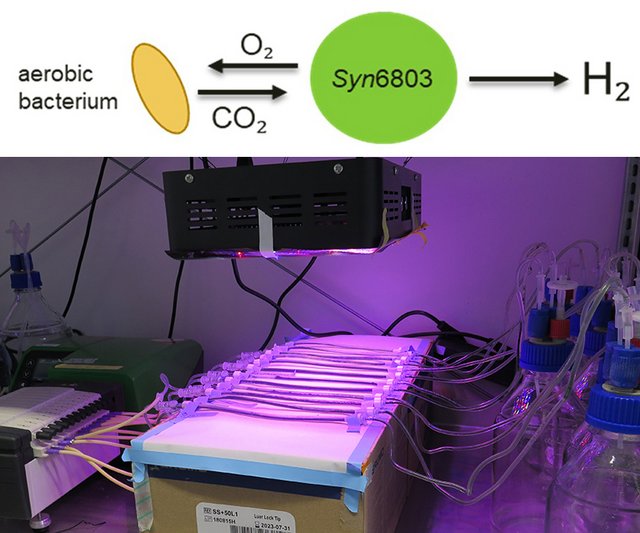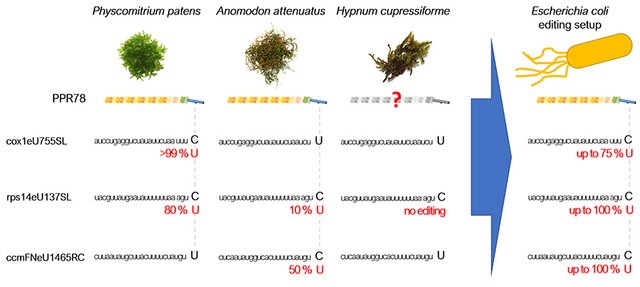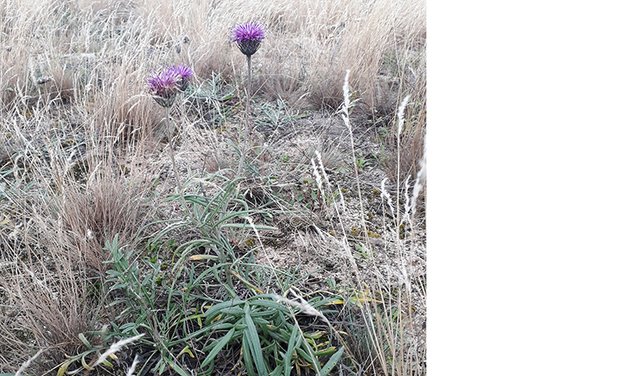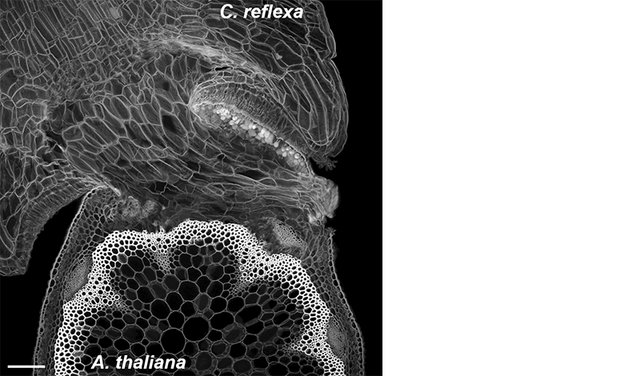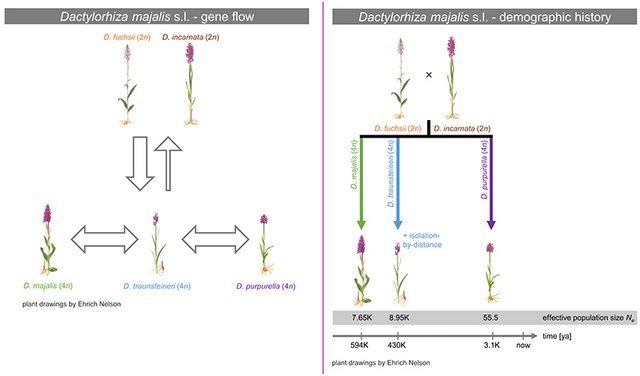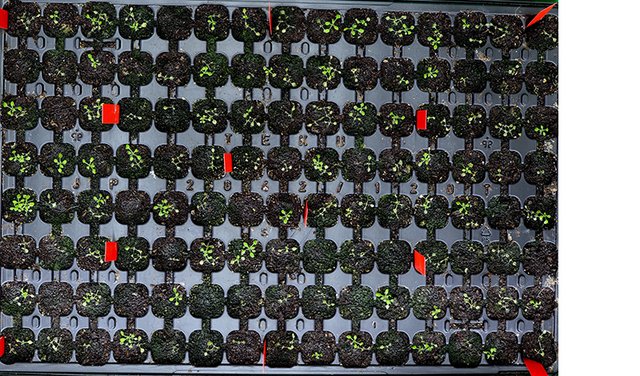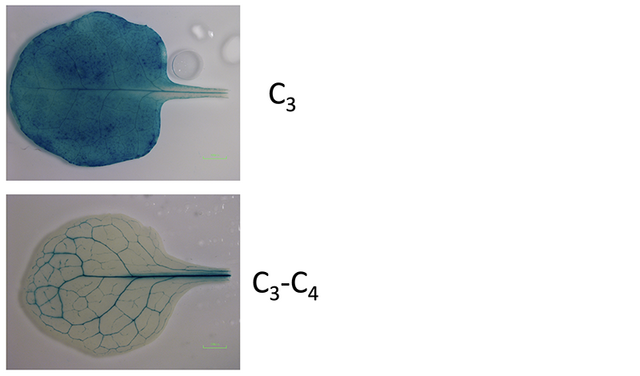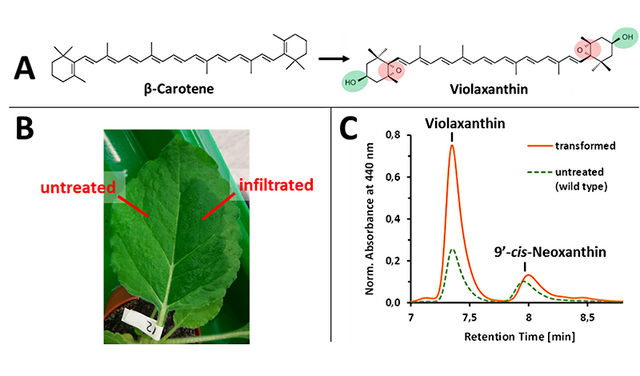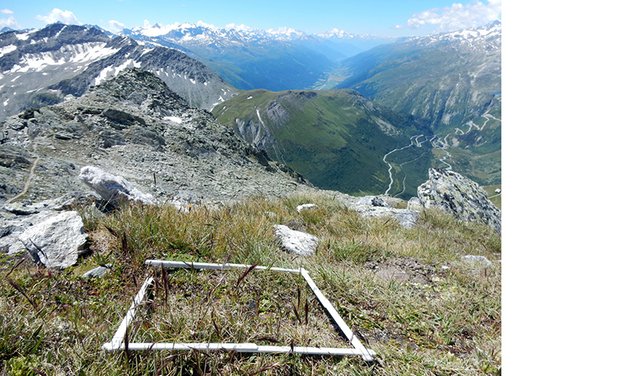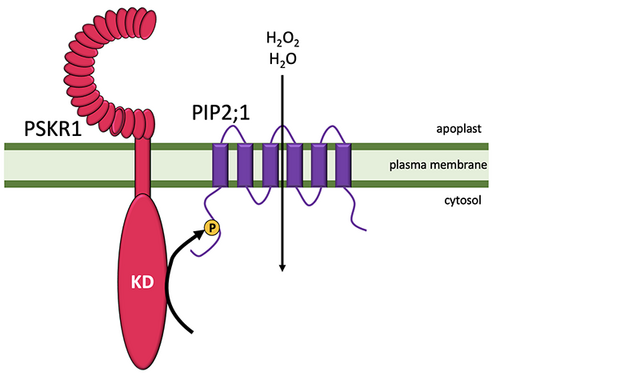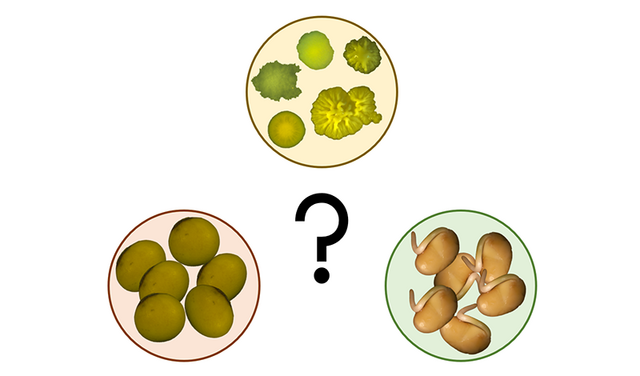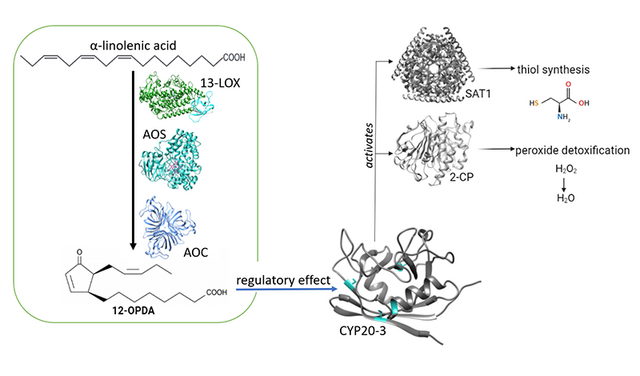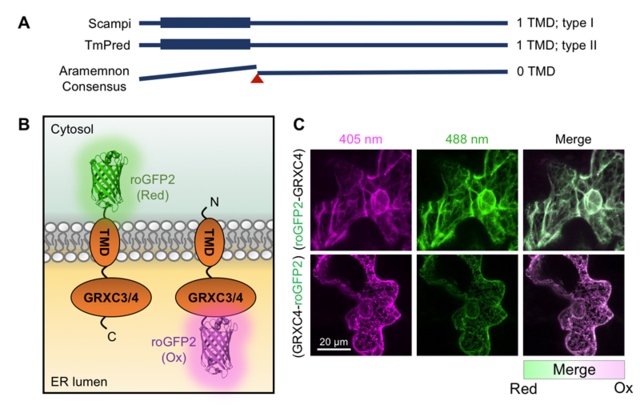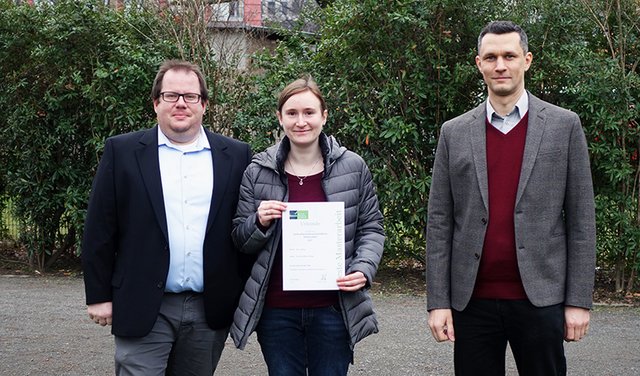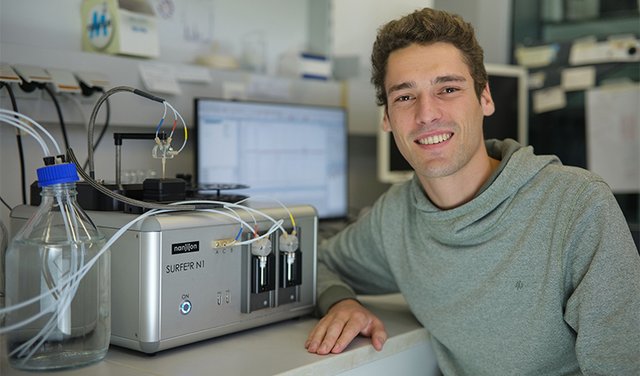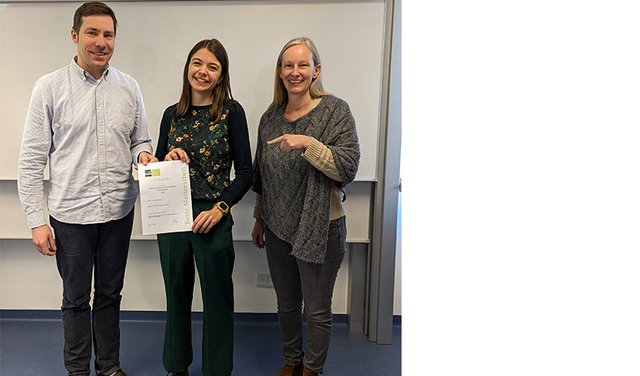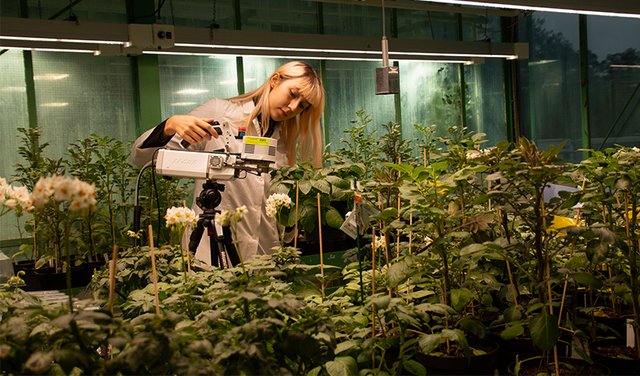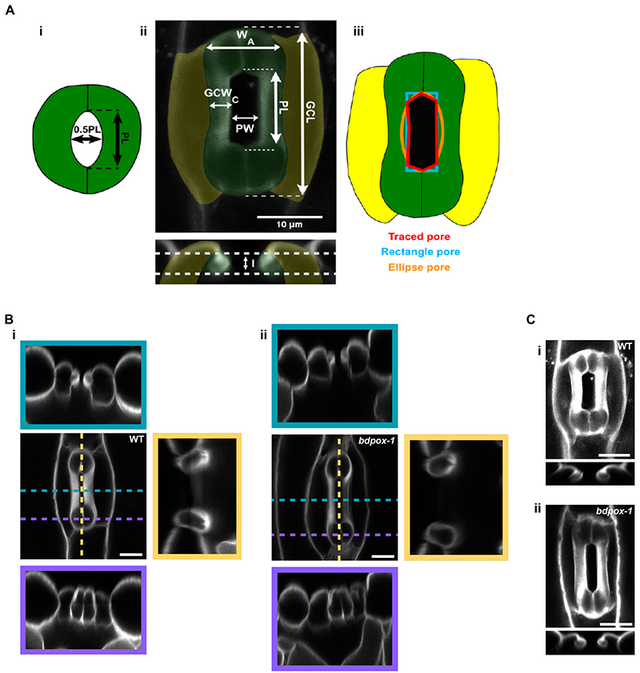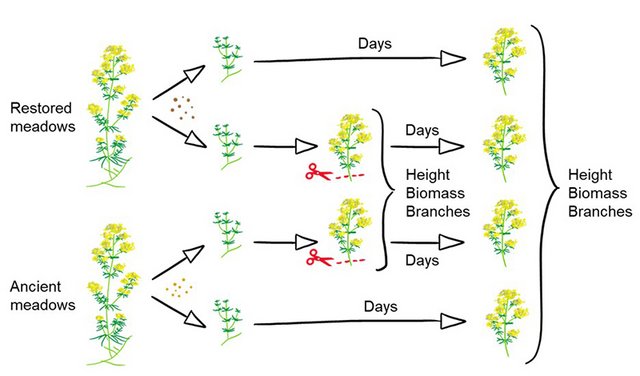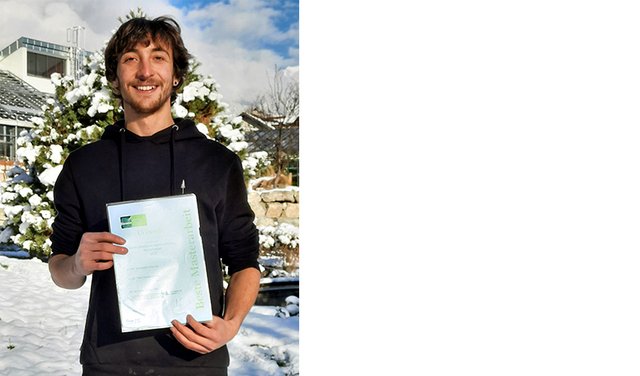The Wilhem Pfeffer Foundation awards a Prize for the Best Plant Science Publication of a year which came out of a Master, Diploma or PhD thesis since 2006. The following scientists were endowed with the Best Paper Prize:
2025
Sara Leite Dias, Dr. Ling Chuang and Shenyu Liu
Leite Dias S, Chuang L, Liu S, Seligmann, B., Brendel, F. L., Gabriel Chavez, B., Hoffie, R. E., Hoffie, I., Kumlehn, J., Bültemeier, A., Wolf, J., Herde, M., Witte, C. P., D’Auria, J. C., Franke, J. (2024): Biosynthesis of the allelopathic alkaloid gramine in barley by a cryptic oxidative rearrangement. Science 383, 1448-1454. DOI: 10.1126/science.adk6112
read more in Actualia
2023
Dr. Pratibha Kumari
Kumari, P., Dahiya, P., Livanos, P., Zergiebel, L., Kölling, M., Poeschl, Y., Stamm, G., Hermann, A., Abel S., Müller, S., Bürstenbinder, K. (2021): IQ67 DOMAIN proteins facilitate preprophase band formation and division-plane orientation. Nat. Plants 7, 739–747. https://doi.org/10.1038/s41477-021-00923-z
read more in Actualia
2021
Dr. Katharina Bursch
Bursch, K., Toledo-Ortiz, G., Pireyre, M., Lohr, M., Braatz, C., Johansson, H. (2020): Identification of BBX proteins as rate-limiting cofactors of HY5. Nature Plants, 6, 921–928. DOI: https://doi.org/10.1038/s41477-020-0725-0
read more in Actualia
2020
Dr. Norbert Bittner
Bittner, N., Hundacker, J., Achotegui-Castells, A., Anderbrant, O., Hilker, M. (2019): Defense of Scots pine against sawfly eggs (Diprion pini) is primed by exposure to sawfly sex pheromones. PNAS, 116, 24668-24675. DOI: https://doi.org/10.1073/pnas.1910991116
read more in Actualia
2019
Dr. Jutta Baldauf
Baldauf J.A., C. Marcon, A. Lithio, H. Schoof, D. Nettleton, F. Hochholdinger (2018): Single-Parent Expression is a general mechanism driving extensive complementation of non-syntenic genes in maize hybrids. Current Biology 28, 431–437. DOI: https://doi.org/10.1016/j.cub.2017.12.027
read more in Actualia
Dr. Aleksandra Sapala
Sapala A., A. Runions, A.-L. Routier-Kierzkowska, M. Das Gupta, L. Hong, H. Hofhuis, S. Verger, G. Mosca, C.-B. Li, A. Hay, O. Hamant, A.H.K. Roeder, M. Tsiantis, P. Prusinkiewicz, R. S. Smith (2018): Why plants make puzzle cells, and how their shape emerges. eLife. DOI: https://doi.org/10.7554/eLife.32794
read more in Actualia
2018
Dr. Katja Meyer
Meyer K., T. Köster, C. Nolte, C. Weinholdt, M. Lewinski, I. Grosse, D. Staiger (2017): Adaptation of iCLIP to plants determines the binding landscape of the clock-regulated RNA-binding protein AtGRP7. Genome Biology 18, 204. DOI: https://doi.org/10.1186/s13059-017-1332-x
read more in Actualia
Dr. Max Lauterbach
Lauterbach, M., Schmidt, H., Billakurthi, K., Hankeln, T., Westhoff, P. Gowik, U., Kadereit, G (2017): De novo Transcriptome Assembly and Comparison of C3, C3-C4, and C4 Species of Tribe Salsoleae (Chenopodiaceae). Front. Plant Sci. 8, 1939. DOI: https://doi.org/10.3389/fpls.2017.01939
read more in Actualia
2016
Dr. Meret Huber
M. Huber, J. Epping, C. Schulze Gronover, J. Fricke, Z. Aziz, T. Brillatz, M. Swyers, T.G. Köllner, H. Vogel, A. Hammerbacher, D. Triebwasser-Freese, C. A. M. Robert, K. Verhoeven, V. Preite, J. Gershenzon, M. Erb (2016): A Latex Metabolite Benefits Plant Fitness under Root Herbivore Attack. Plos Biology. DOI: 10.1371/journal.pbio.1002332
Dr. Bettina Ohse
Ohse B, Hammerbacher A, Seele C, Meldau S, Reichelt M, Ortmann S, Wirth C (2016) Salivary cues: Simulated roe deer browsing induces systemic changes in phytohormones and defense chemistry in wild-grown maple and beech saplings. Functional Ecology. DOI: 10.1111/1365-2435.12717,
2014
Dr. Maria Will
Will M and Claßen-Bockhoff R (2014): Why Africa matters: evolution of OldWorld Salvia (Lamiaceae) in Africa. Annals of Botany 114: 61–83 DOI: 10.1093/aob/mcu081
Dr. David Heckmann
Heckmann D, Schulze S, Denton A, Gowik U, Westhoff P, Weber APM, Lercher MJ (2013): Predicting C4 Photosynthesis Evolution:
Modular, Individually Adaptive Steps on a Mount Fuji Fitness Landscape. Cell, 153, 1579–1588. DOI: 10.1016/j.cell.2013.04.058
2012
Dr. Katharine G. Rascher
&
Christine Hellmann
Katherine G. Rascher, Christine Hellmann, Cristina Máguas, Christiane Werner (2012): Community scale 15N isoscapes: tracing the spatial impact of an exotic N2-fixing invader. Ecology Letters 15: 484–491. DOI: 10.1111/j.1461-0248.2012.01761.x
2010
Dr. Michelle Ast
&
Dr. Ansgar Gruber
M. Ast, A. Gruber, S. Schmitz-Esser, H. E. Neuhaus, P. G. Kroth, M. Hoern & I. Haferkamp (2009): Diatom plastid depend on nucleotide import from the cytosol. PNAS 106, 3621-3626.
Dr. Katharina Bräutigam
K. Bräutigam, L. Dietzel, T. Kleine, E. Ströher, D. Wormuth, K.-J. Dietz, D. Radke, M. Wirtz, R. Hell, P. Dörmann, A. Nunes-Nesi, N. Schauer, A. R. Fernie, S. N. Oliver, P. Geigenberger, D. Leister, T. Pfannschmidt (2009): Dynamic plastid redox signals integrate gene expression and metabolism to induce distinct metabolic states in photosynthetic acclimation in Arabidopsis. Plant Cell 21, 2715-2732.
Dr. Jyothilakshmi Vadassery
Vadassery J, Ranf, S. Drzewiecki, C, Mithöfer A, Mazars, C, Scheel, D, Lee, J. Oelmüller R (2009): A cell wall extract from the endophytic fungus Piriformospora indica promotes growth of Arabidopsis seedlings and induces intracellular calcium elevation in roots. Plant Journal 59, 193-206.
2008
Dr. Susanne Horn
S. Horn, K. Ehlers, G. Fritzsch, M.C. Gil-Rodriguez, C. Wilhelm & R. Schnetter (2007): Synchroma grande spec. Nov (Synchromophyceae class. Nov. Heterokontophyta): An Amoeboid Marine Alga with Unique Plastid Complexes. Protist 158, 277-293, 2007
Dr. Holger Kreft
H. Kreft & W. Jetz (2007): Global Patterns and determinants of vascular plant diversity. PNAS, 104: 5925-5930.
2006
Dr. Uwe Simon
U.K. Simon, R. Bauer, D. Rioux, M. Simard, F. Oberwinkler (2004): The intercellular biotrophic leaf pathogen Cymadothea trofolii locally degrades pectins, but not cellulose or xyloglyucan in the cell walls of Trifolium repens. New Phytologist 165, 243-260.
Dr. Eva Nowack
E.C.M. Nowack, B. Podola, M. Melkonian (2005): The 96-well Twin-Layer System: A novel Approach in the Cultivation of Algae. Protist 156, 239-251.
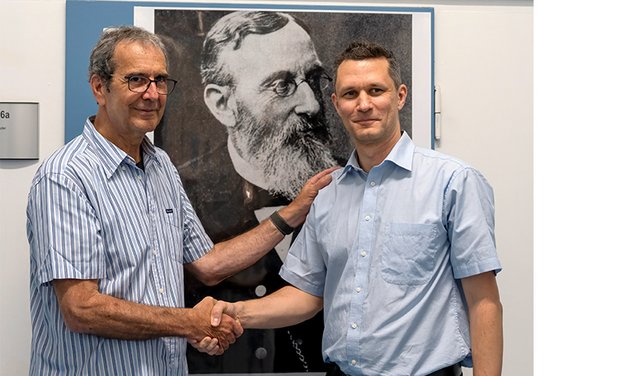 The president of the Wilhelm Pfeffer Foundation, Severin Sasso, thanks Robert William Pfeffer (left) for his generous donation in front of a portrait of the plant scientist, Wilhelm Pfeffer (1845-1920) at Leipzig University. Photo: private
The president of the Wilhelm Pfeffer Foundation, Severin Sasso, thanks Robert William Pfeffer (left) for his generous donation in front of a portrait of the plant scientist, Wilhelm Pfeffer (1845-1920) at Leipzig University. Photo: private

